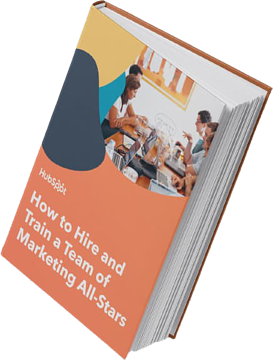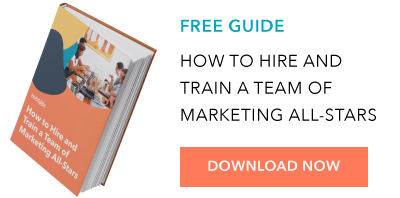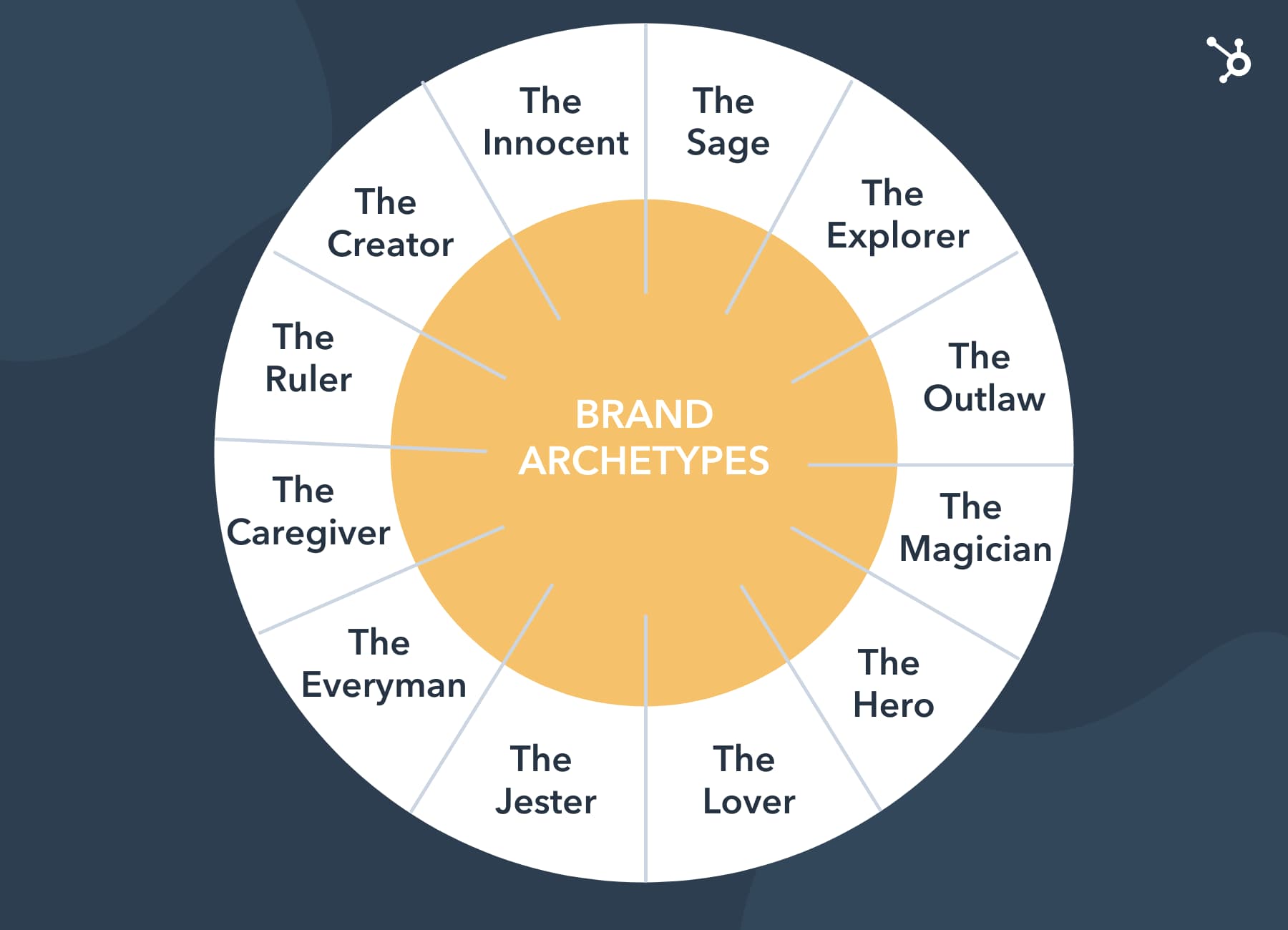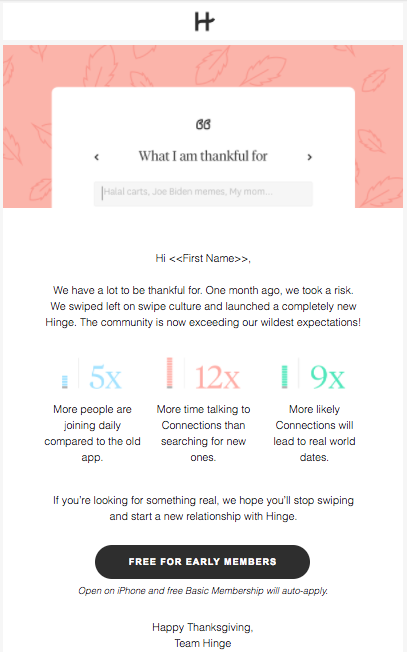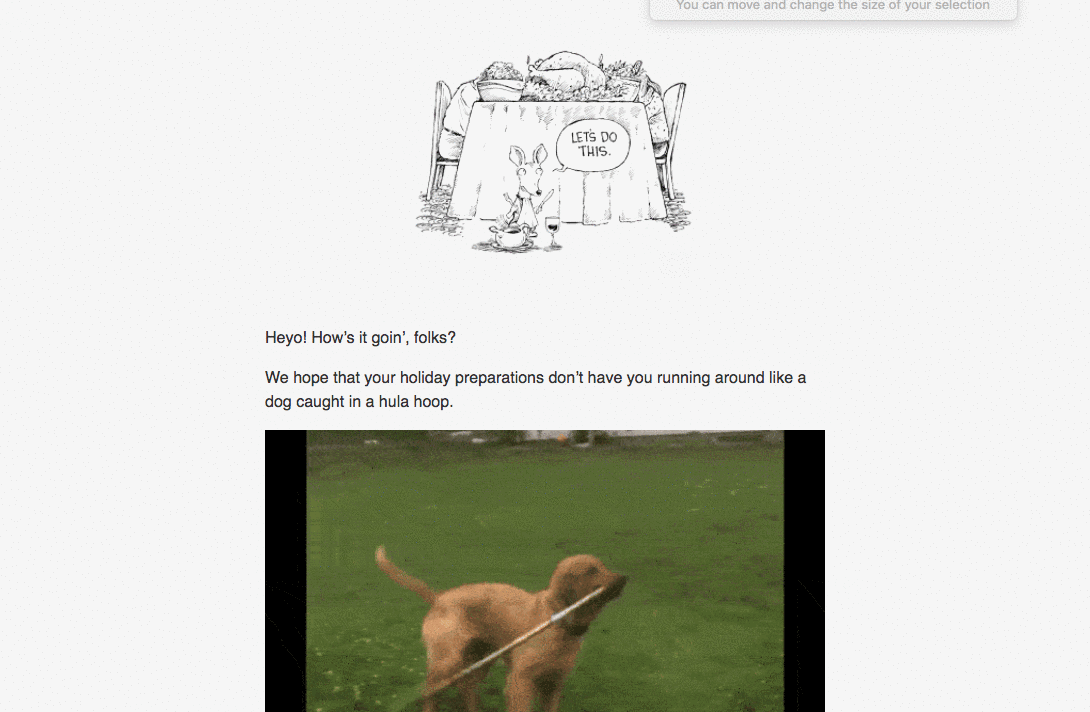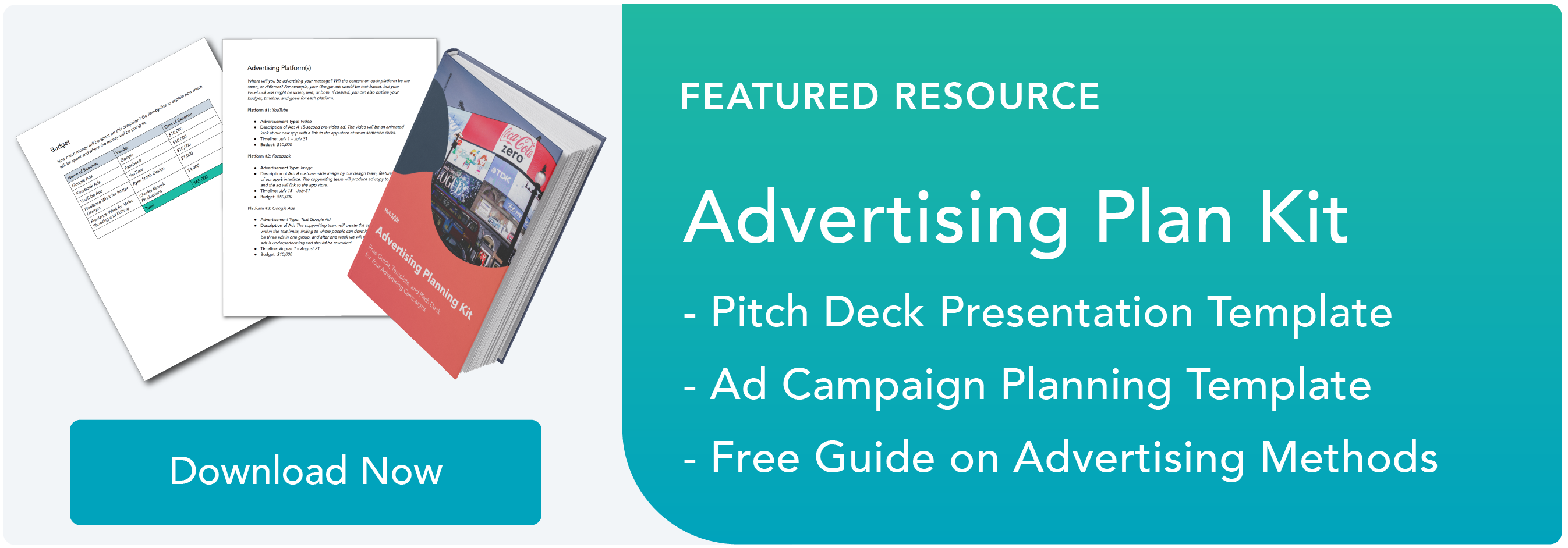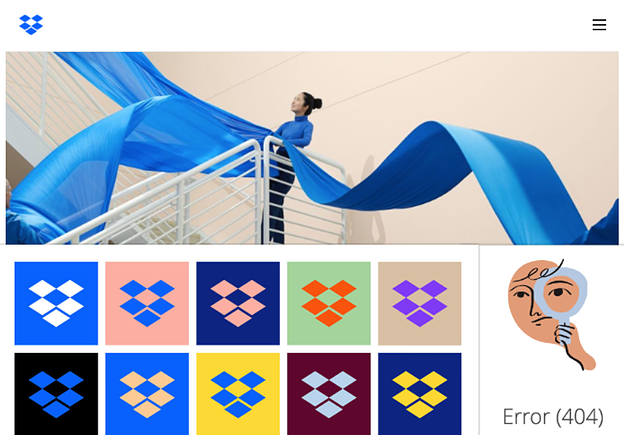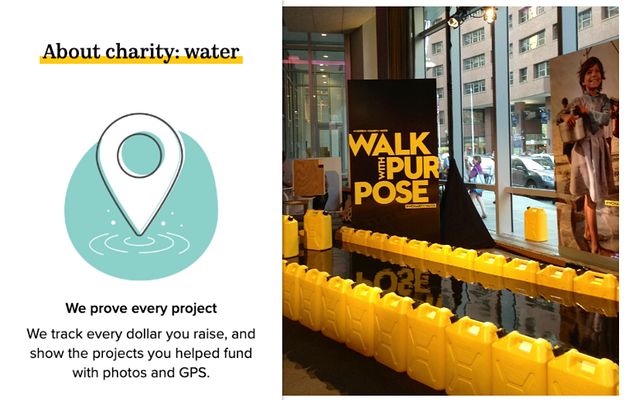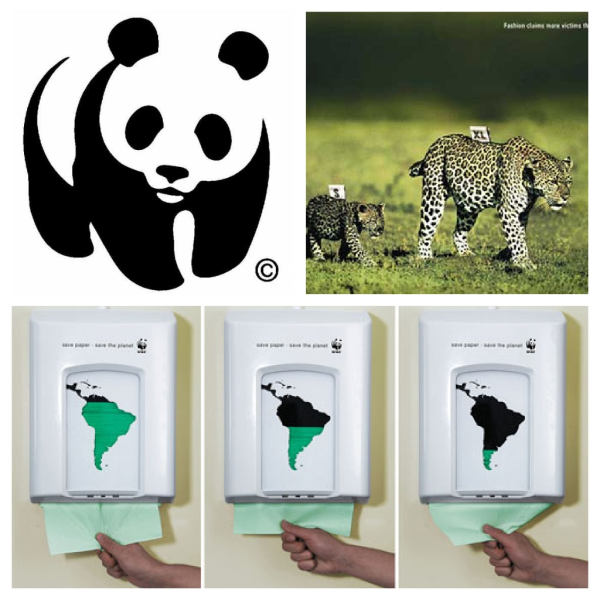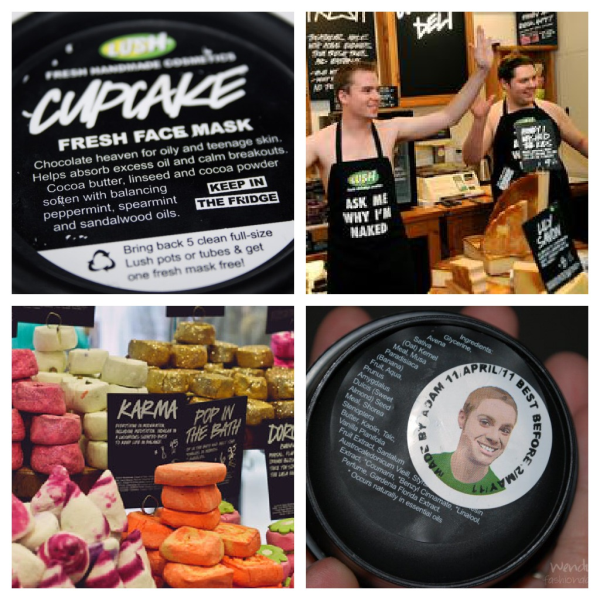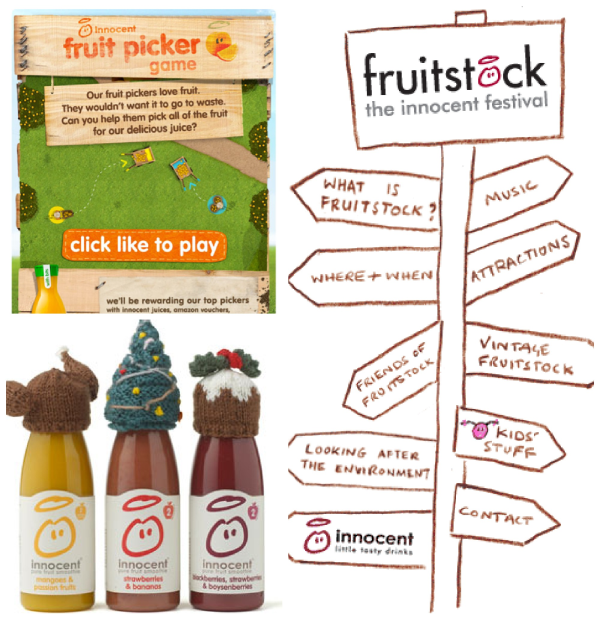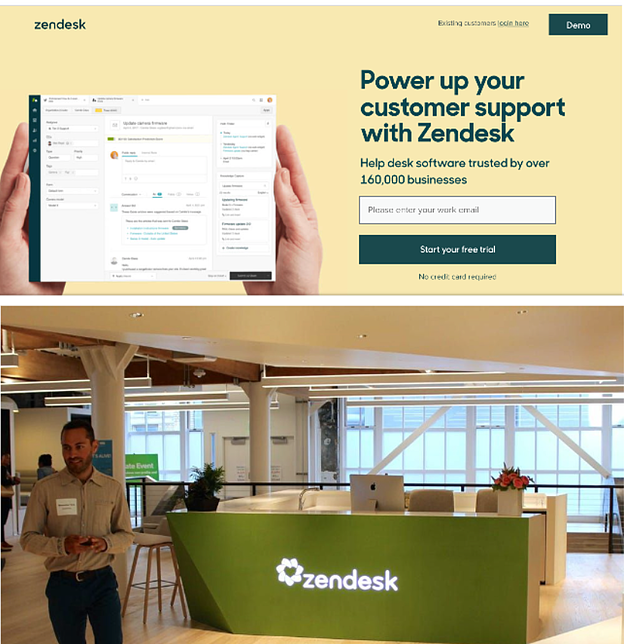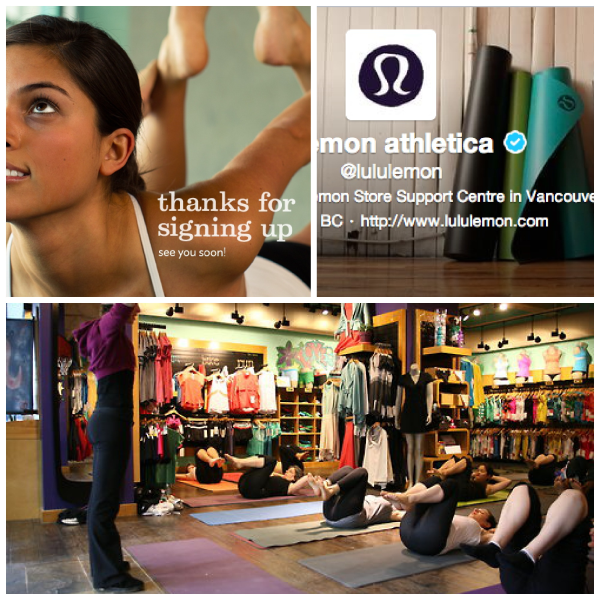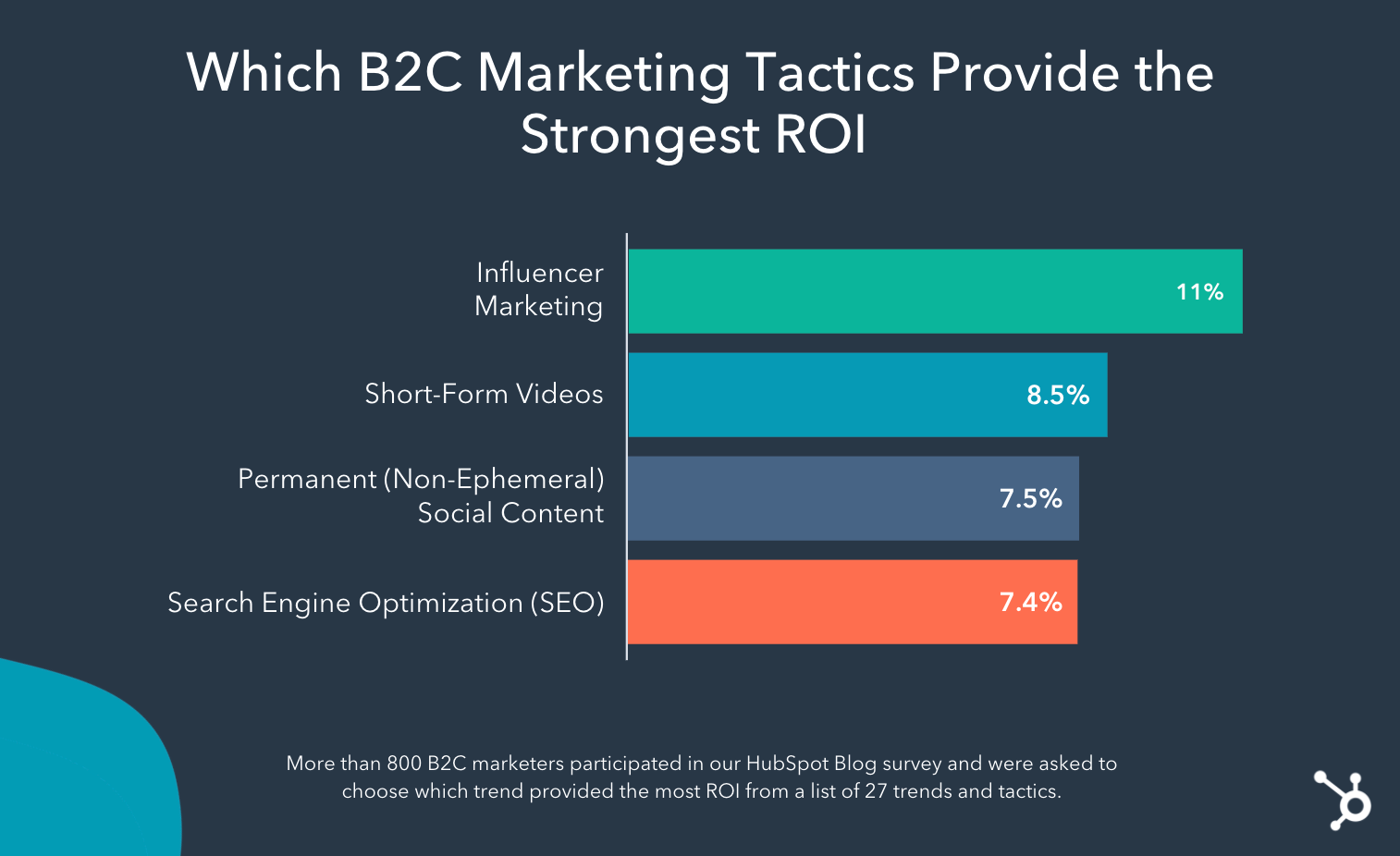Website traffic represents the volume of users visiting your site. Higher is better because more people visiting your site means more opportunities for advertising, engagement, and eventual conversion.
Ideally, you want to steadily increase website traffic, or at least keep it stable over time. But what happens if your traffic starts to drop? Whether it’s slow or sudden, the results are the same: A smaller pool of users who are seeing your content and potentially generating revenue for your brand. Even more worrisome for site admins is that traffic drops may not have an obvious cause. With multiple traffic sources and factors that influence your site ranking and accessibility, even small drops may be the result of several independent or codependent conditions.
While there’s no quick fix for these drops, we’ve got you covered with actionable tips to pinpoint, diagnose and address falling traffic.
Why is my website traffic down?
To boost traffic levels, site owners must first discover why traffic is down. With multiple traffic sources such as email, social media, organic, and referral, it’s not enough to simply know that traffic is falling — you need to identify the source of the drop itself and then take steps to specifically address the problem.
There are several ways to determine which traffic source is driving your numbers down. Let’s take a look at those next.
How To Identify the Source of Traffic Drops
HubSpot Sources
If you’re using HubSpot’s CMS, you can leverage HubSpot Sources to determine where your traffic is coming from. Here’s a step-by-step guide on how to do this.
Step 1: First, you need to install the HubSpot tracking code on your site. Head to your HubSpot account and click the Settings icon in the main navigation bar.

Step 2: Next, head to Tracking & Analytics and then Tracking Code on the left sidebar.
Step 3: Now you should see the tracking code.

Copy the code and then paste it before the </body> tag in the HTML code on each page of your site you want to track.
Step 4: Once that’s done, head to the Reports section of your account and then Analytics Tools.

Step 5: Next, select Traffic Analytics.

Here, you’ll see the Sources tab, which displays total sessions as a line chart broken out into different colors by traffic type including referrals, social media, email marketing and direct traffic.This gives you a visual representation of where your traffic is coming from and how it’s changed over a specific period of time.

Google Analytics Acquisition Channels
You can also identify traffic sources using Google Analytics.
Step 1: Start by logging into your Google Analytics account and selecting the Acquisition tab.

Step 2: Then, select All Traffic followed by Source/Medium. 
This will provide you with a list of traffic sources to your website along with the number of users they’ve brought.

Diagnosing Traffic Drops
Once you’ve determined the source of your traffic drops, you need to diagnose the problem in-depth: What conditions or actions are causing traffic to fall?
Let’s take a look at some common traffic categories and some questions you can ask to determine what’s going on.
Organic Traffic
Organic traffic refers to visitors who land on your site after conducting a web search and clicking on links from the search engine results page (SERP). It’s called “organic” traffic because it doesn’t come from paid advertising or marketing but instead occurs naturally — or organically — as a result of search queries.
If you notice that your organic traffic is down, ask yourself:
Where is my site in the search rankings?
The higher you rank on the SERP, the more likely you’ll earn organic traffic. Do a quick search for your site’s primary keyword and see what comes up. If you’re not on the first page of the search results, then your site is struggling to get visibility in the SERP.
How is my SEO?
Search engine optimization (SEO) is the process of optimizing your website so search engines will find it and rank it highly against similar sites. If each of your webpages isn’t strategically targeting keywords related to your business, you could be missing opportunities to bring traffic to your site.
Direct Traffic
Direct traffic arrives at your site after typing in the name of your site directly, navigating to it through a bookmark or clicking on a direct email link. If you see direct traffic taking a dive, consider:
What do my URLs look like?
Your URLs should be as simple, clean and concise as possible. If you have pages with long and convoluted URLs, users may be attempting to reach your page but find a 404 error instead because they typed your website address into the web browser incorrectly.
Have I recently updated pages?
If you’re recently updated webpages, look for any changes in URLs. If you’ve made changes without properly redirecting the old links to the new ones, visitors may be seeing error pages which will result in traffic drops.
Referral Traffic
Referral traffic typically comes from other sources such as site lists or blogs. This type of traffic is often part of link building campaigns. For example, you might draft and submit a guest blog to a popular website and include a link back to your site at the end.
If you suddenly see a dropoff in previously consistent referral traffic, ask yourself:
Are backlink sites ranking well?
Blogs and site lists can drive referral traffic, but only if they’re getting visitors as well. If you’re seeing a drop, search for your referral sites and see how they rank.
Do my links point to the right page?
Just like the in direct traffic example above, make sure your links are pointing visitors to the right page. If you’ve made recent URL updates, contact blog or site list owners to have them amended.
Paid Search Traffic
Paid search traffic is exactly what it sounds like: Paid ads within the search engines that display advertisements for your website in search results. The more you spend, the more often your ad will appear and the closer it will be to the top of search results.
If you see paid traffic stalling, ask yourself:
Are my ads in the right place?
Ads only work if they’re targeting the right audience. If you own a window-washing company, then it’s not a good idea to display ads on fashion advice blogs because the quantity and quality of traffic probably won’t match your expectations.
Email Traffic
Email traffic comes from links in emails you send to current and prospective customers. These might be newsletters, sales flyers, or targeted advertisements based on customer preferences. If your email traffic starts to decline, consider these questions:
Do I have the right market?
Effective email campaigns target the right market. You need to know who your customers are, how they prefer to interact with brands, and how much they’re willing to spend to create effective emails. If your target market is loosely defined — or absent — start with email marketing tools to help identify your ideal customers.
Are current emails effective?
Not all emails are created equal. Information alone isn’t enough to capture consumer interest — brands must also include actionable next steps that encourage users to click through. To help boost email efficacy consider A/B testing: Create two versions of a marketing email and see which one produces better results, then repeat the process to refine as necessary.
Social Media Traffic
Social media traffic comes from sites like Facebook, Twitter and Instagram when customers click through on one of your posts and arrive at your website. If your social traffic starts sliding, ask yourself:
Do my social media posts drive action?
Social media posts need to do more than get users to stop scrolling — they must provide enough information to get users interested but leave enough left unsaid to prompt action. In practice, this means creating optimized social posts that convince customers to click through and see what you have to offer.
Am I using the right platform?
Image-driven platforms such as Instagram are great for brands that use images to highlight popular products. Service-based brands, on the other hand, often see better performance from sites such as Facebook. Drilling down to see which platforms are driving your traffic can help pinpoint ideal marketing channels.
While there’s no single way to fix traffic drops, there are general steps that site owners can take to help remedy these issues:
1. Run traffic reports to identify recent changes.
In most cases, traffic drops are the result of multiple factors that combine to lower the number of unique visitors that arrive on your site. Your best bet in this situation is to look at any recent changes to your website, linking strategy or advertising goals.
For example, if you’ve just done a site-wide update to improve the overall design and user experience (UX) and traffic has dropped as a result, run reports to see where your traffic is coming from and if there are specific sources and mediums that have seen a sudden drop. If you notice that direct and referral traffic are down, this may be an indication that URLs are no longer pointing to the right pages.
In order to keep your traffic up, you’ll want to make sound decisions on this data. If you notice one source or medium, in particular, is contributing to the drop, take a look at your processes and workflows there for any gaps that are causing your site to perform poorly.
2. Be better than the competition.
Sometimes it’s not your site that’s the issue. If your competition has managed to corner the SEO market for your industry or have changed their marketing techniques to better target shared customer segments, you may see a drop in traffic.
To determine if this is the case, start by searching for your site’s primary keywords across popular search engines and see what comes up. If you notice competitor sites have pushed yours down the list, they may be outperforming your search optimization. It’s also worth checking your sources to see if social media traffic is down — if so, your competition may be doing a better job driving organic interest across social platforms
To fix this problem, you’ll need to write content and design webpages that are better than every website ranking above yours. This means targeting a specific buyer persona with each page and having clear calls to action.
3. Keep your site healthy.
Site conditions have an impact on how your website is indexed and ranked by search engines. If you see traffic sliding, take a look at current conditions and how they may impact users.
For example, if your site is slow to load because of large image or video files, users won’t stick around and search engines will penalize your ranking. Issues around layout and functionality are also problematic. Broken links or content that’s all fluff and no function may be increasing the number of users who arrive at your site and immediately leave, in turn dropping your site in search rankings.
Using a content delivery network (CDN) can help videos and images load faster while a tool like Ahrefs’ SEO toolbar can spot broken links on a page so you can fix them quickly.
For even more tips on how to boost traffic to your site, check out HubSpot’s free website optimization course.
Tackling Traffic Slowdowns
Traffic drops may be slow-and-steady or sudden and substantive. In either case, however, they have the same result: Fewer visitors on your site and fewer opportunities for customer conversion.
To address these traffic issues, start by identifying the likely source, then consider potential issues tied to specific traffic mediums. Finally, take action to address common traffic concerns — with any luck, you’ll soon be back up to speed.
Editor’s note: This post was originally published in January 2011 and has been updated for comprehensiveness.
![]()



![Download Now: How to Use Twitter for Business [Free Kit]](https://i4lead.com/wp-content/uploads/2021/11/190da11f-58c6-41d5-a397-843618741e09.png)
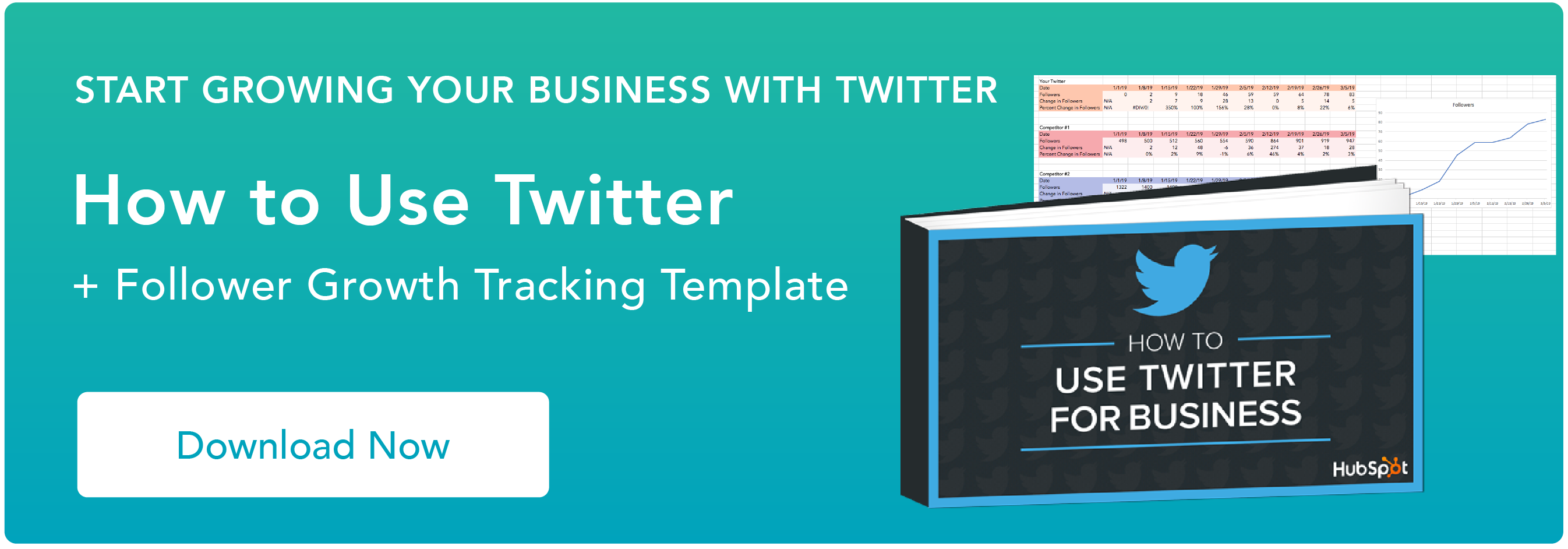

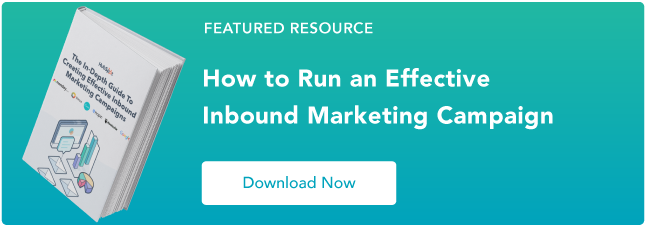
![→ Click here to download leadership lessons from HubSpot founder, Dharmesh Shah [Free Guide].](https://i4lead.com/wp-content/uploads/2021/11/4e634041-e1ce-4a85-8e65-aea12fc10b84.png)
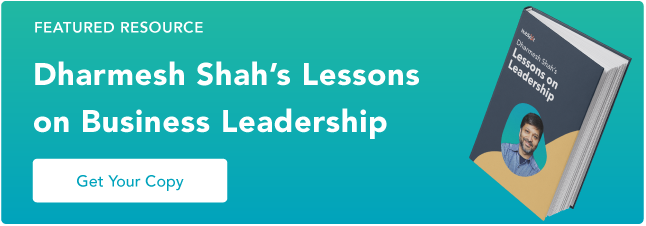


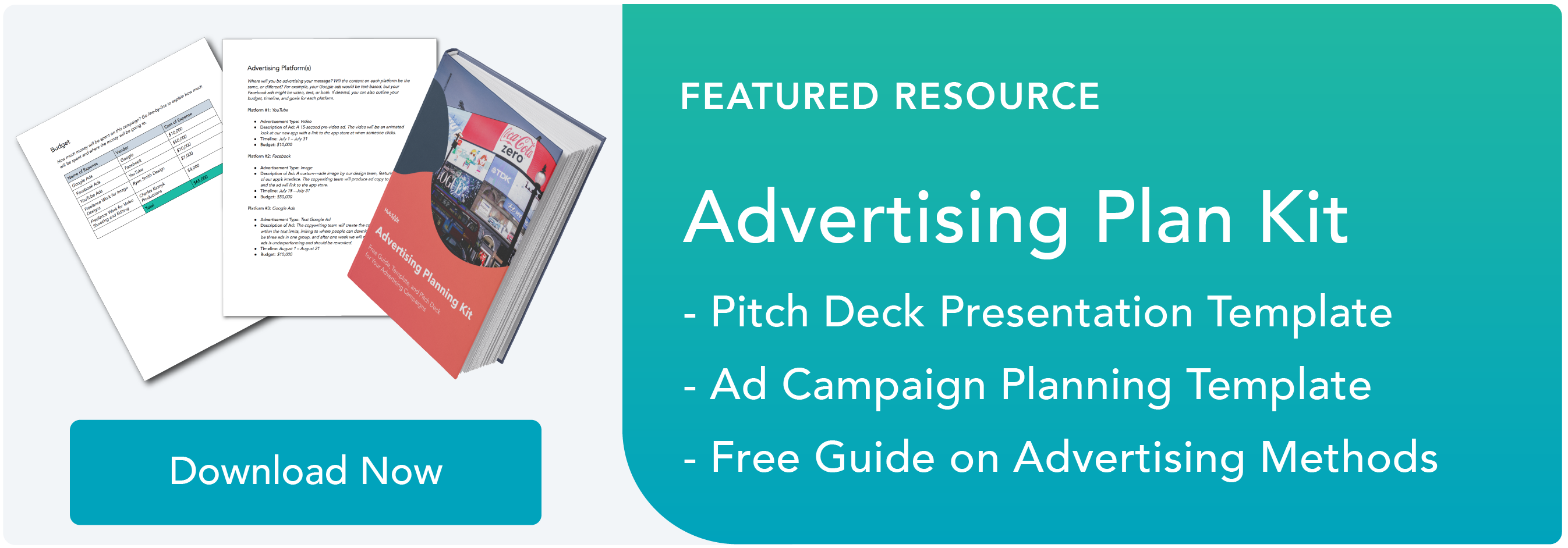
![→ Click here to download our free guide to hiring and training a team of all-stars [Free Ebook].](https://i4lead.com/wp-content/uploads/2021/11/c42148d7-13dd-4c38-b907-cff1602ee62f.png)
